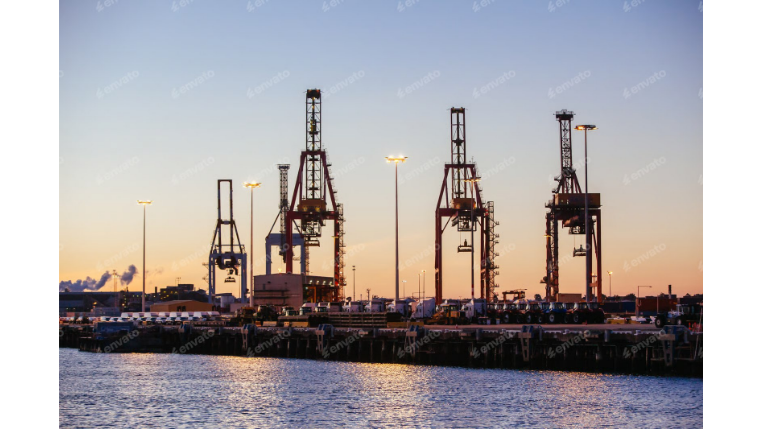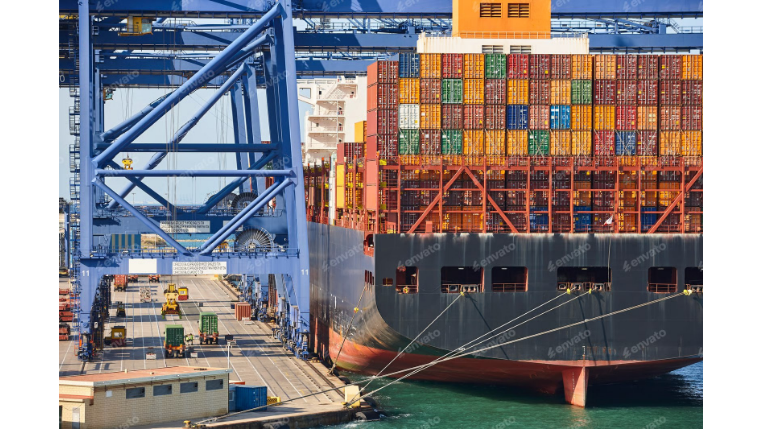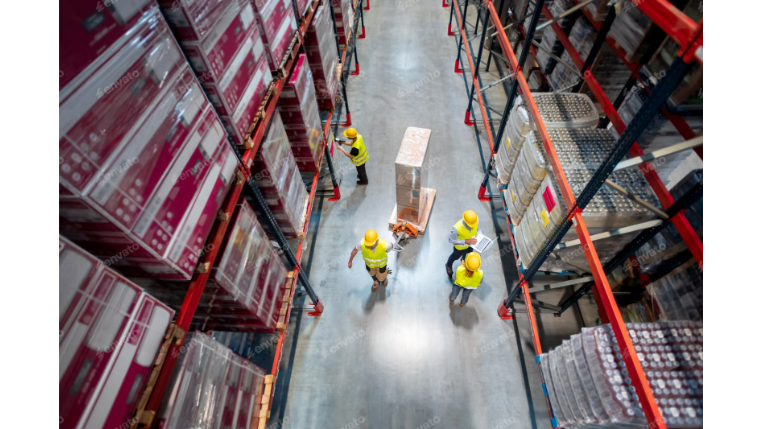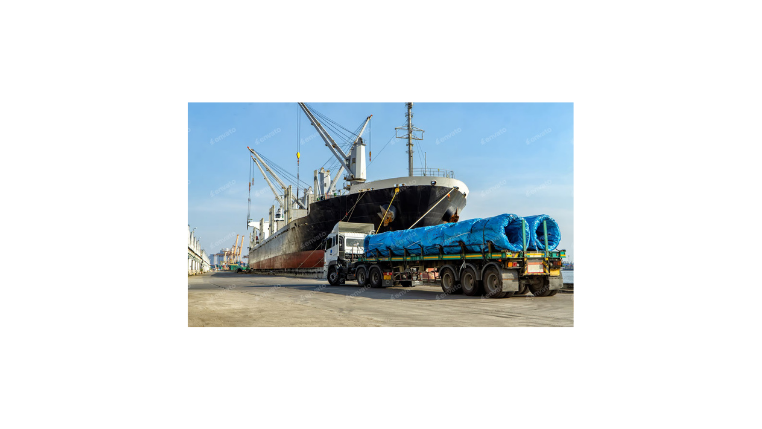Unravel the complexities of the customs clearance process and learn how to navigate it efficiently.
Understanding Customs Clearance: What It Is and Why It Matters
Customs clearance is an essential procedure in international trade that involves the preparation and submission of documentation required to facilitate exports or imports into the country. Understanding customs clearance is crucial as it ensures that goods move smoothly across borders, adhering to all legal and regulatory requirements. It involves various parties such as customs authorities, importers, exporters, and customs brokers. The importance of customs clearance cannot be overstated; it is a critical step that can impact the cost, delivery time, and legality of a trade transaction.
Moreover, effective customs clearance is not just about avoiding delays or penalties; it's also about understanding trade agreements, tariffs, and the intricacies of international trade law. By comprehending the processes and requirements, businesses can optimize their international operations, reduce costs, and avoid legal issues.
Key Documents Required for Smooth Customs Clearance
Smooth customs clearance hinges on the correct and timely submission of required documentation. The key documents usually required include a Commercial Invoice that outlines the transaction details, a Packing List detailing the contents of the consignment, a Bill of Lading or Airway Bill which serves as a contract of carriage, and a Certificate of Origin that verifies the country in which the goods were produced. Depending on the nature of the goods and the countries involved, additional documents such as import/export licenses, inspection certificates, and insurance documents may also be necessary.
It's imperative for businesses to ensure that these documents are accurate, consistent, and fully compliant with the importing country's regulations. Errors or omissions can lead to delays, additional costs, or even confiscation of the goods by customs authorities.
Step-by-Step Guide to the Customs Clearance Process
The customs clearance process can be broken down into several key steps. Initially, the shipper must provide the necessary documentation to customs authorities. Once the documents are submitted, they are reviewed for accuracy and compliance. Subsequently, the goods are assessed for duties and taxes, and the payment is calculated based on the value, classification, and origin of the goods. After payment, the goods are inspected to ensure they match the provided documentation and comply with local laws. If all checks are satisfactory, the customs authorities release the goods for entry into the country.
Each step in the process needs to be approached with diligence and attention to detail. Engaging a customs broker can be advantageous, as they specialize in navigating customs requirements and can expedite the clearance process.
Common Challenges in Customs Clearance and How to Overcome Them
Businesses often face challenges such as shipment delays, unexpected costs, and regulatory changes during customs clearance. Shipment delays may occur due to incomplete or incorrect documentation, or when goods require additional inspections. To overcome these challenges, businesses should prepare documents meticulously and stay updated on customs regulations. Engaging with a knowledgeable customs broker or consultant can also help mitigate these issues by providing expert guidance and ensuring compliance.
Additionally, unexpected costs can arise from duties, taxes, demurrage, or detention fees. Companies can manage these costs by understanding the tariff codes and regulations applicable to their goods, and by planning their logistics to avoid storage fees. Staying agile and informed about regulatory changes allows businesses to adapt their procedures, avoiding compliance issues and potential penalties.
Tips and Best Practices for Efficient Customs Clearance
To achieve efficient customs clearance, businesses should prioritize thorough record-keeping and ensure all their documentation is in order before the goods are shipped. It's also beneficial to establish a relationship with customs officials and seek to understand the specific requirements and preferences of the customs authority in the destination country. Automation of documentation processes can lead to fewer errors and quicker processing times.
Using the services of a professional customs broker can be a prudent investment, as their expertise and familiarity with customs procedures can streamline the clearance process. Furthermore, staying proactive in compliance matters, such as keeping abreast of trade agreements and regulatory changes, can provide a competitive edge and facilitate smoother trade operations.
If you want to stay ahead of the curve in the logistics industry, it's crucial to leverage the right tools and technologies. At Modaltrans, we offer comprehensive solutions that help you manage and streamline every aspect of your logistics operations.
Ready to take the next step? Request a free demo and see how our platform can transform your business. For more information, visit our website. Let's make logistics smarter, together.










